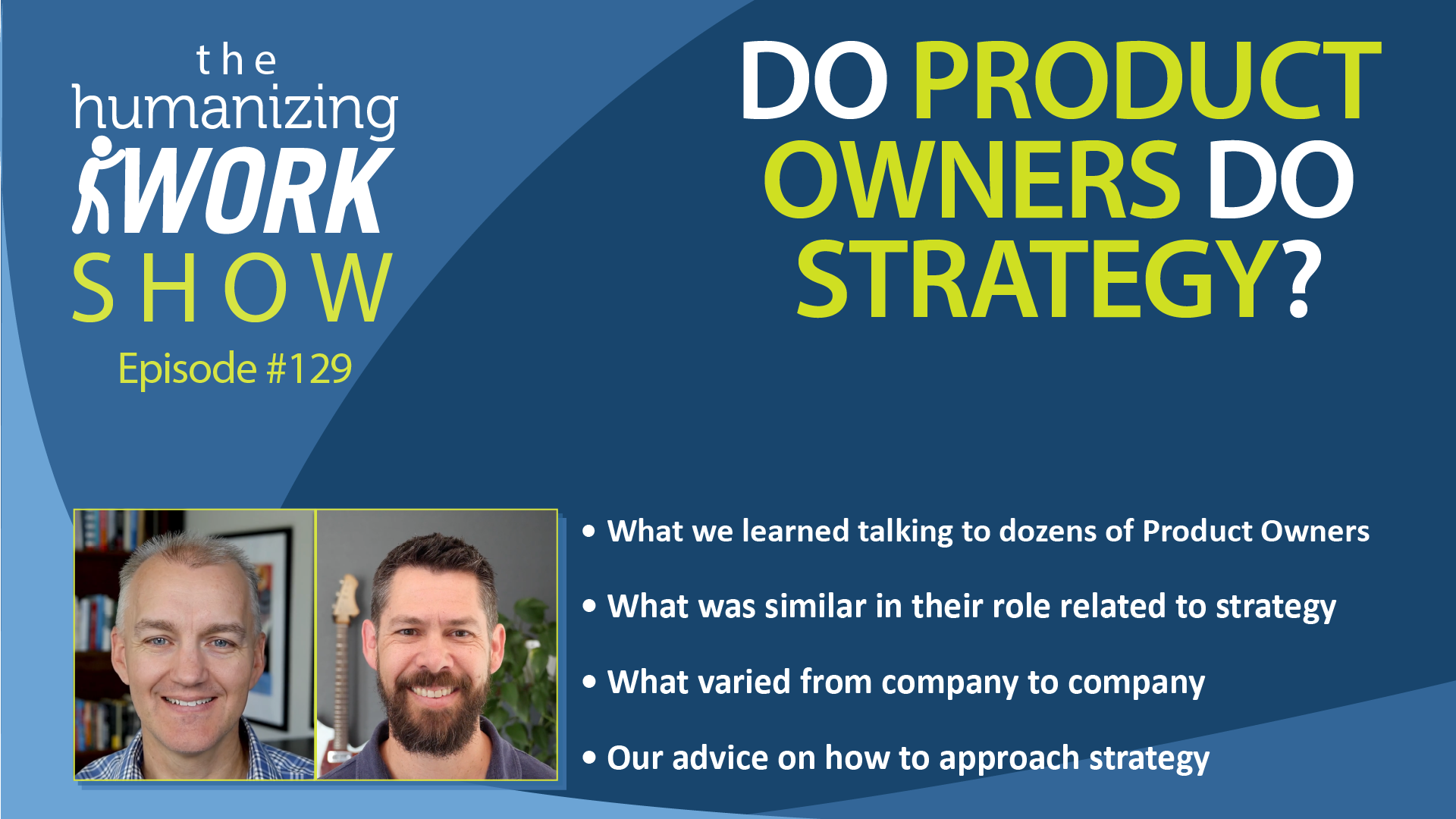Organizations succeed or fail in large part based on the quality of their leadership. But most so-called “leadership teams” aren’t really teams—they’re just leaders who have meetings. In this episode, we look at why and how to launch a cross-functional leadership team so it achieves meaningful results. Read More
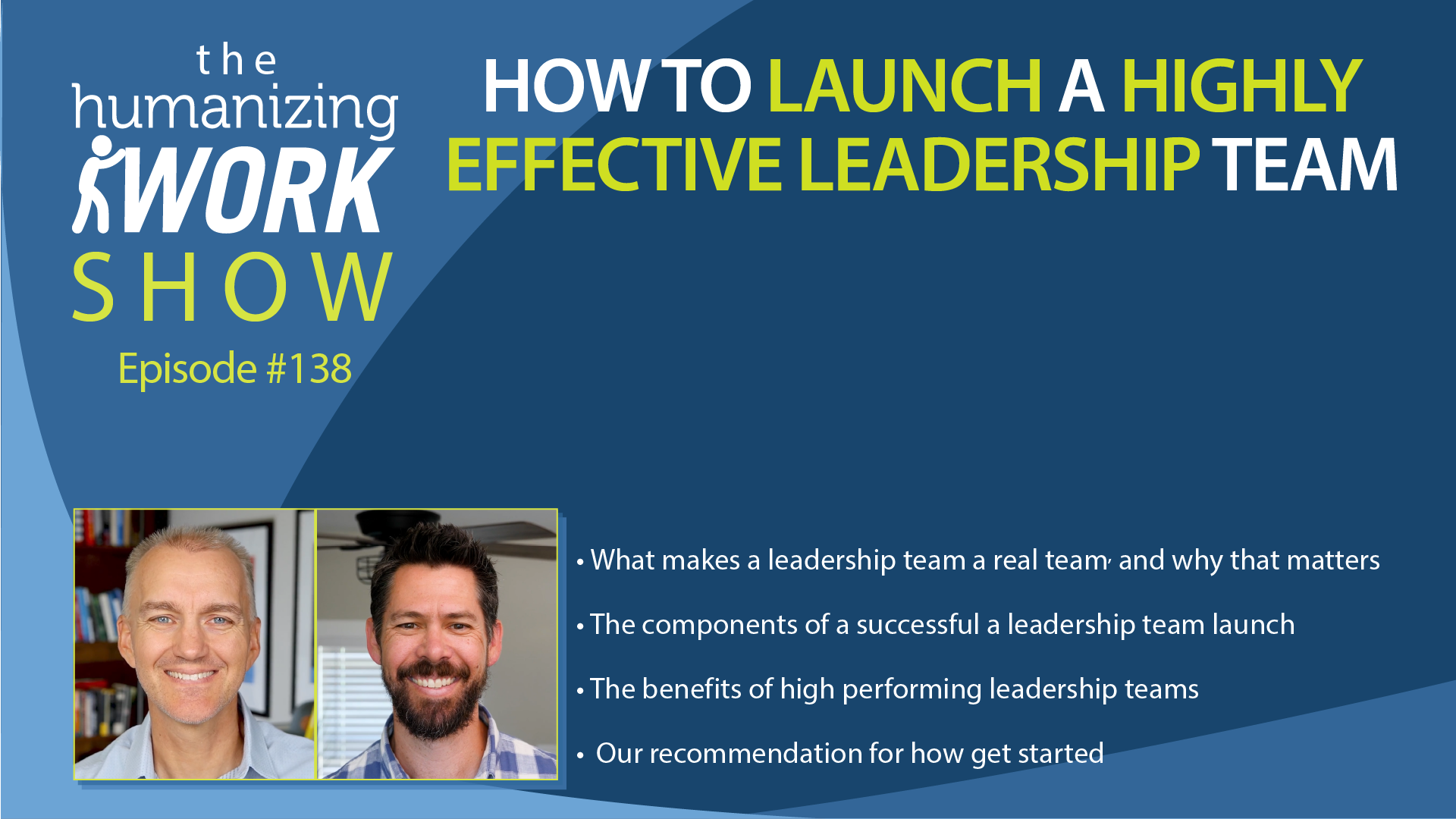
What can we learn about effective teamwork from the world of professional music? In this episode, Peter shares insights from his recent experiences playing in various musical groups and draws parallels to creating high-performing teams in any work environment. Read More
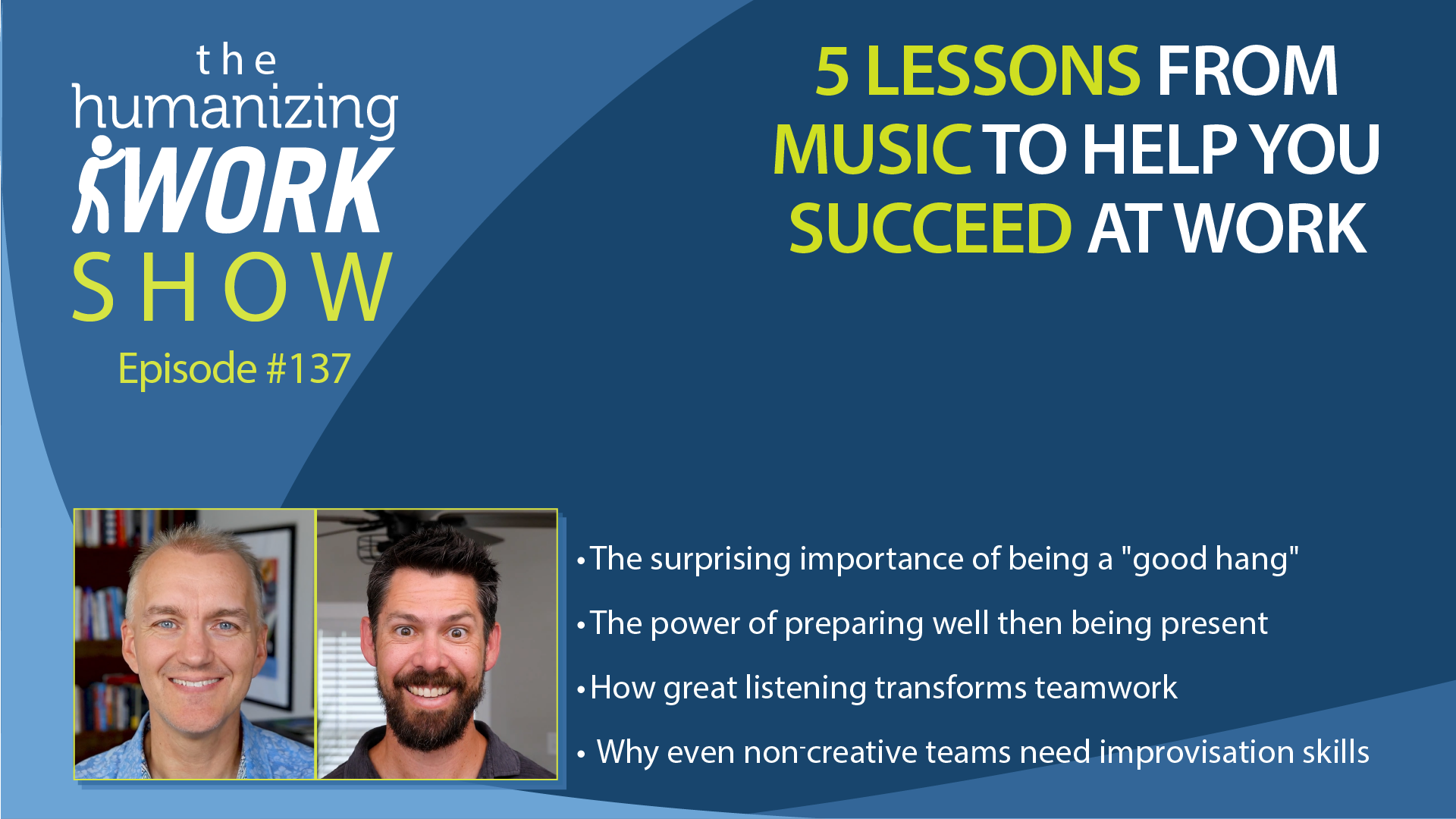
In this episode, we introduce you to two polar explorers that vividly illustrate our tendency to see leadership potential in babblers, braggarts, and braggarts regardless of their actual competence. We share several ways you can bring things back into balance, separating actual effectiveness from the noise, whether you’re the quiet high-performer or the leader trying to build an effective team. Read More
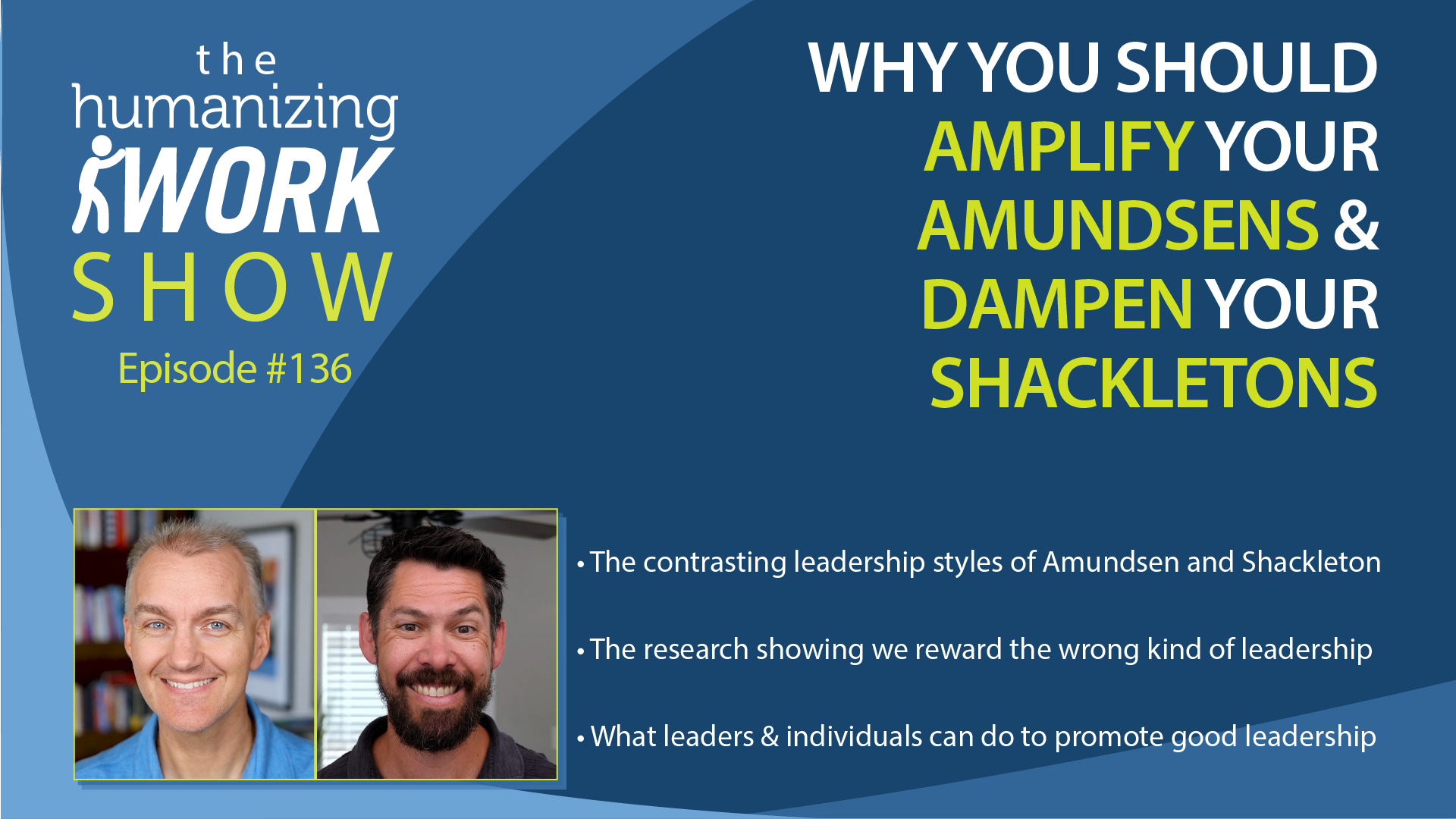
You may not be aware that Richard has a flock of ducks. Recently, Richard’s ducks had the most traumatic day of their lives, and it generated some unexpected lessons for humans at work. In this episode, Peter and Richard reflect on what happened and some lessons we learned to lead change more effectively. Read More
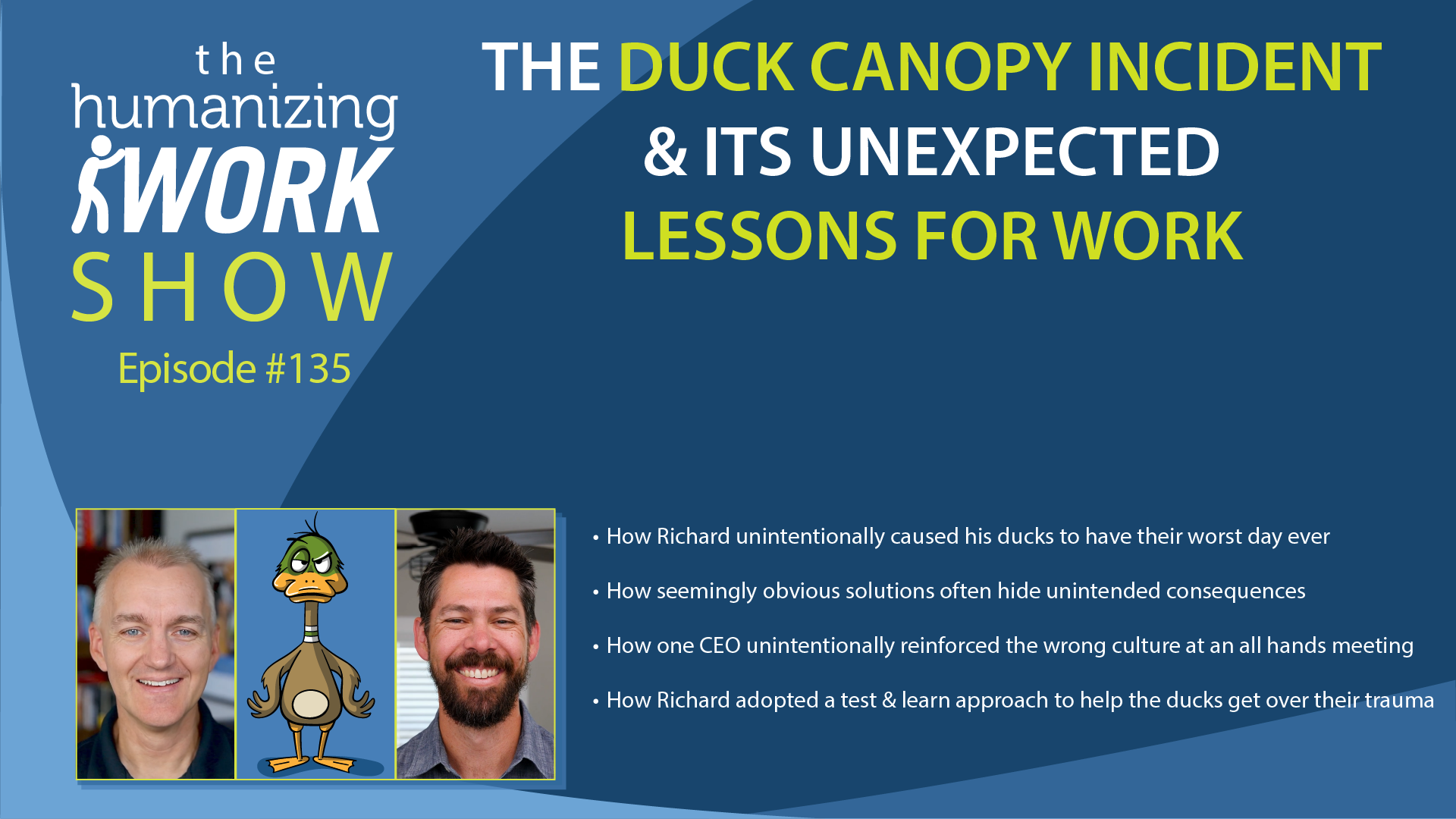
Big companies are eliminating roles like Agile Coach and ScrumMaster. In this episode, we look at why that might be happening, what to do if you’ve fallen victim to the layoffs, and why there’s still hope for the future. Read More
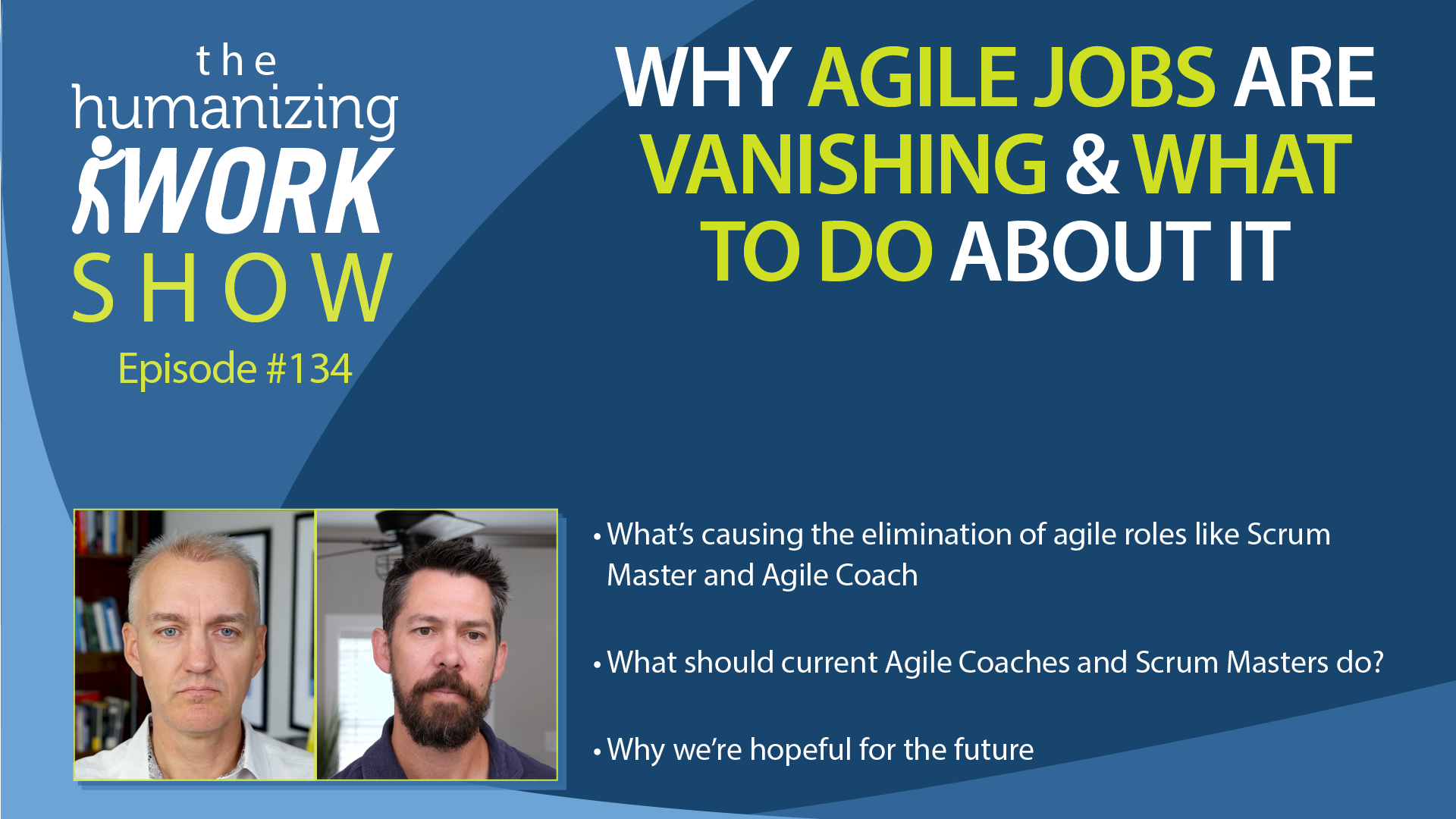
A recent Gallup study reported that only 30% of workers in the US are engaged or motivated in their work. And this has all kinds of negative consequences, at work and beyond. In this episode, we dig into the research and share some practical things you can do about it. Read More
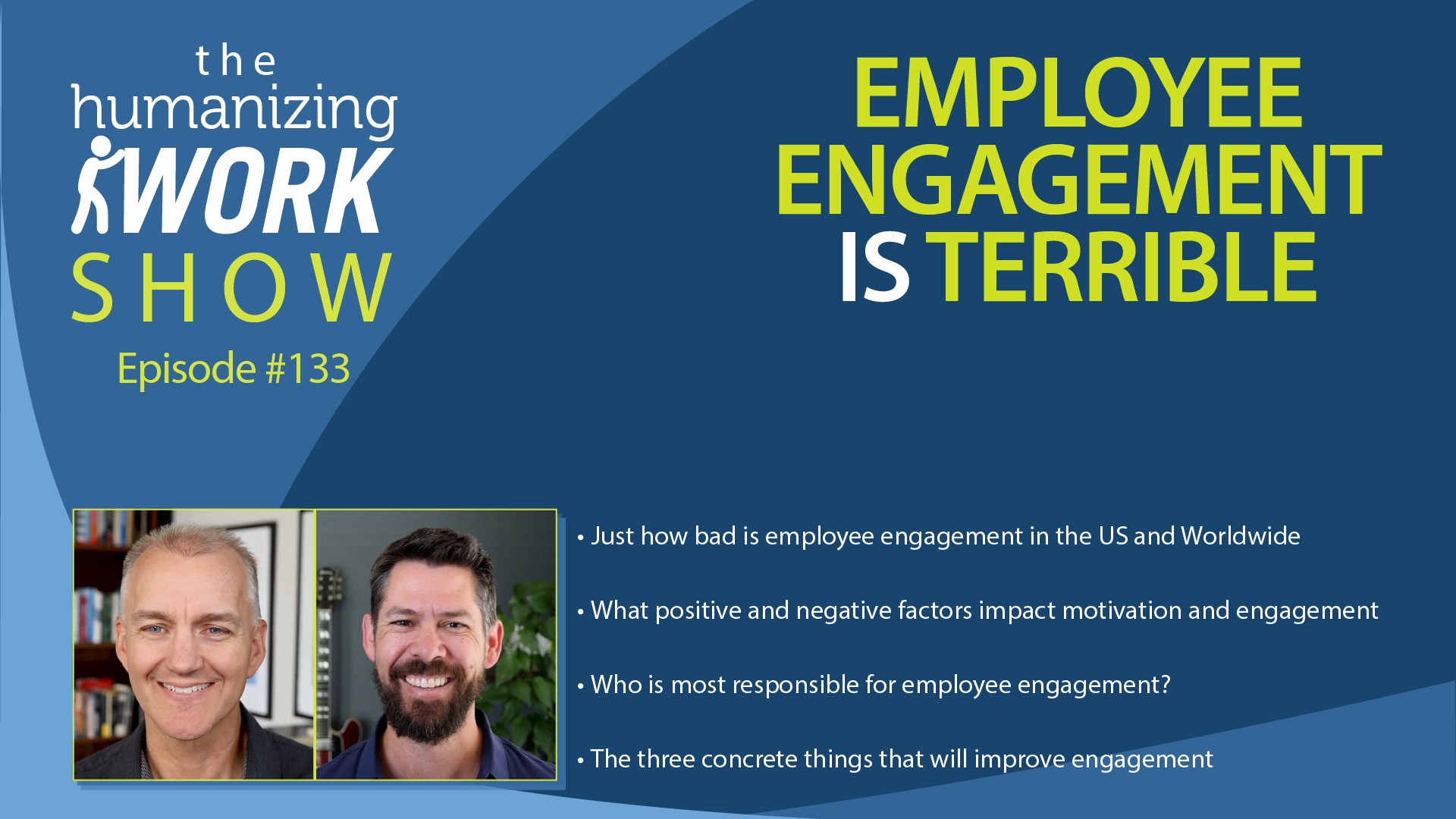
In too many organizations, the product and engineering teams operate in an adversarial, dysfunctional way. Great products never result from this setup. In this episode, Richard and Peter share the antidote to such a situation, clarifying where to draw the line on specific responsibilities for product leaders and engineering, and where (and how) to collaborate effectively. It’s a complex boundary, with lots of trade-offs, but great organizations constantly improve how they navigate those in service of their vision and strategy. Read More
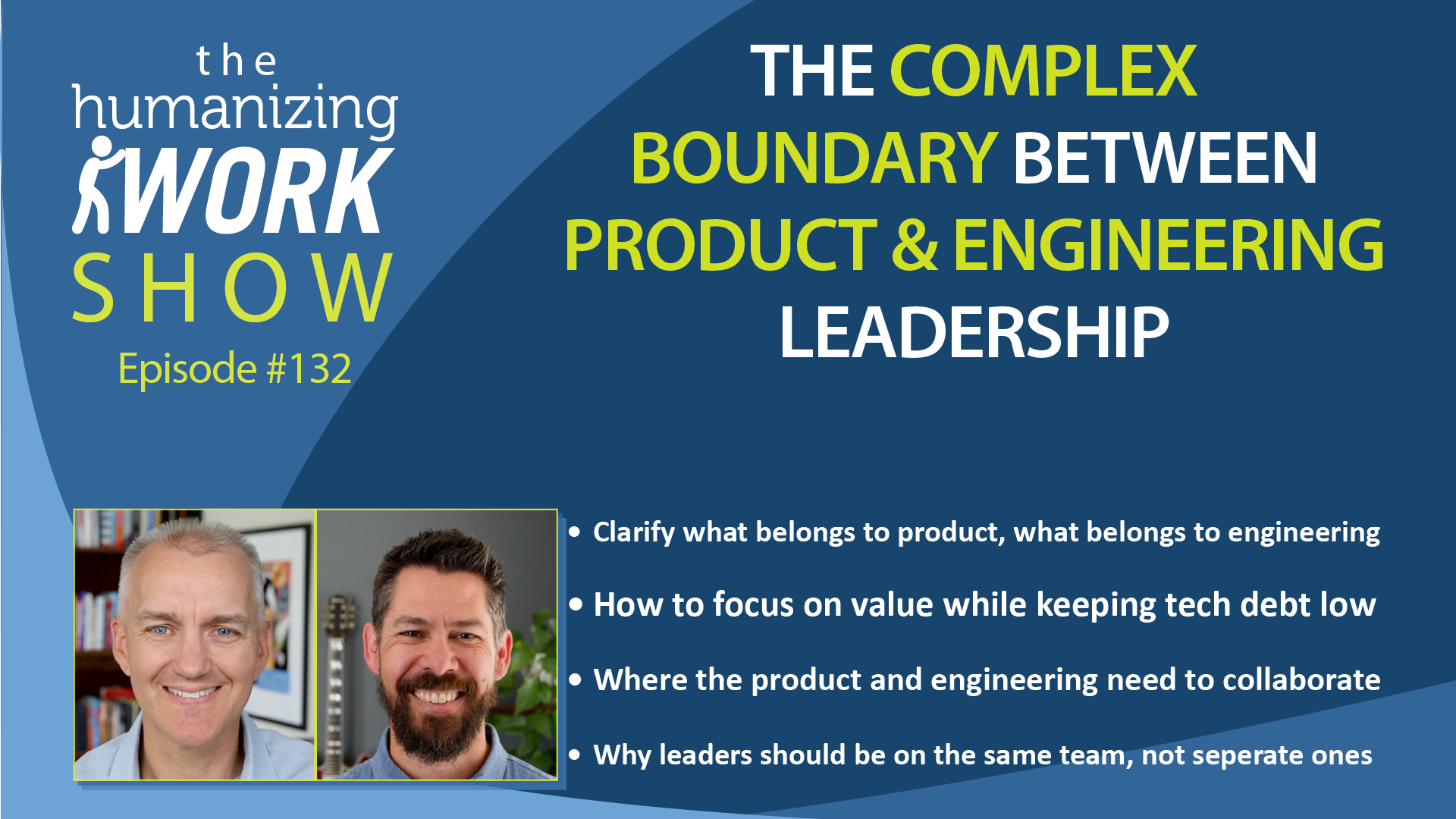
It can be frustrating to find yourself in a situation where you see a problem but don’t have the power to fix—and the people who do have the power don’t seem to care. In this episode, we expand on the advice we often give our clients, “If you can’t fix it, make it more visible,” and we show how you can use that approach to influence a solution when you don’t have authority to just fix things. Read More
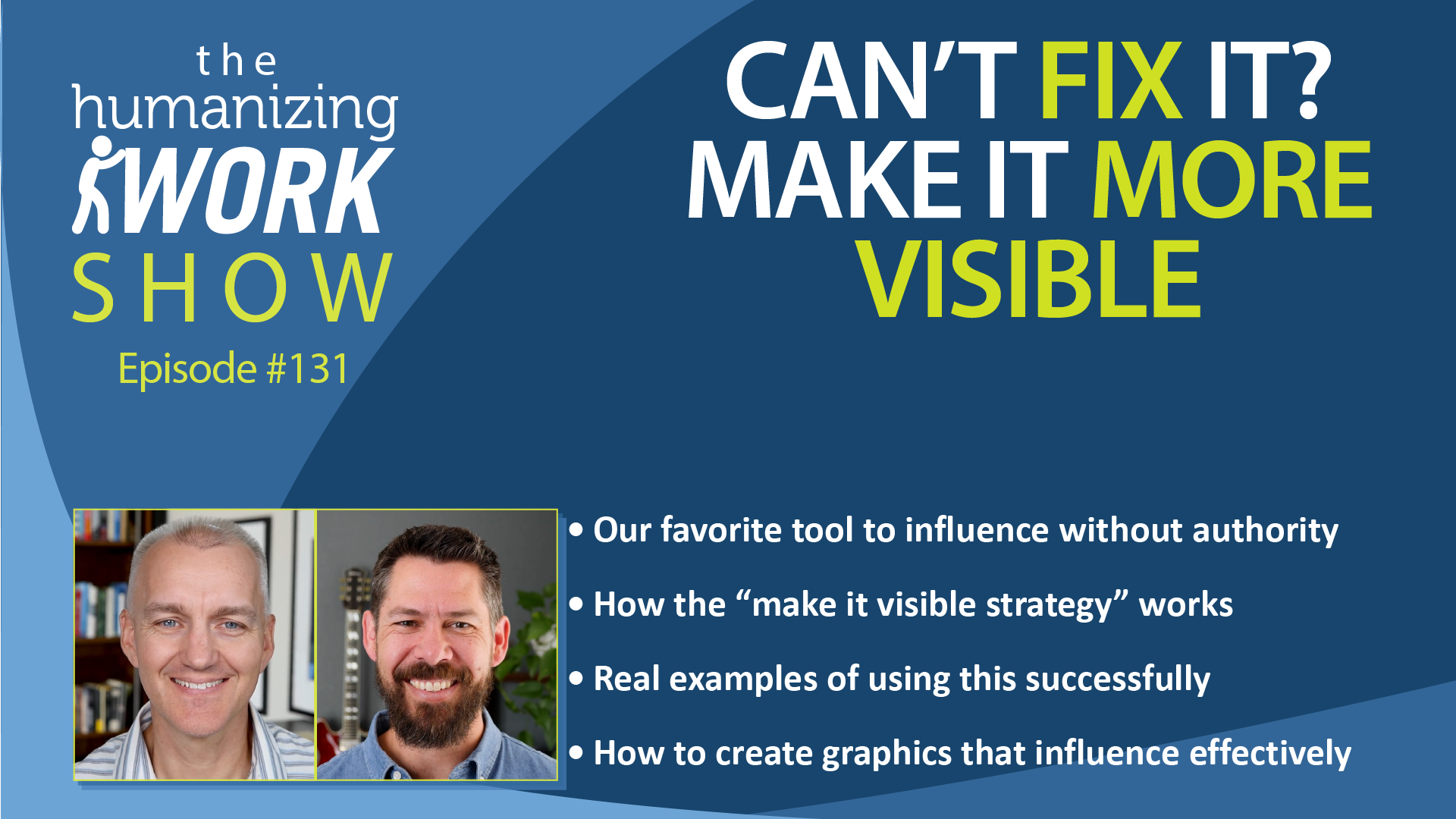
In a case of “drinking our own champagne,” we applied the tools we teach for dealing with resistance to change to a real conflict on our team. Peter wanted to make a big change to our WordPress theme. Richard had some strong resistance to that change. Something had to give. Listen in to see how we used that resistance as a resource to come up with a breakthrough solution. Read More
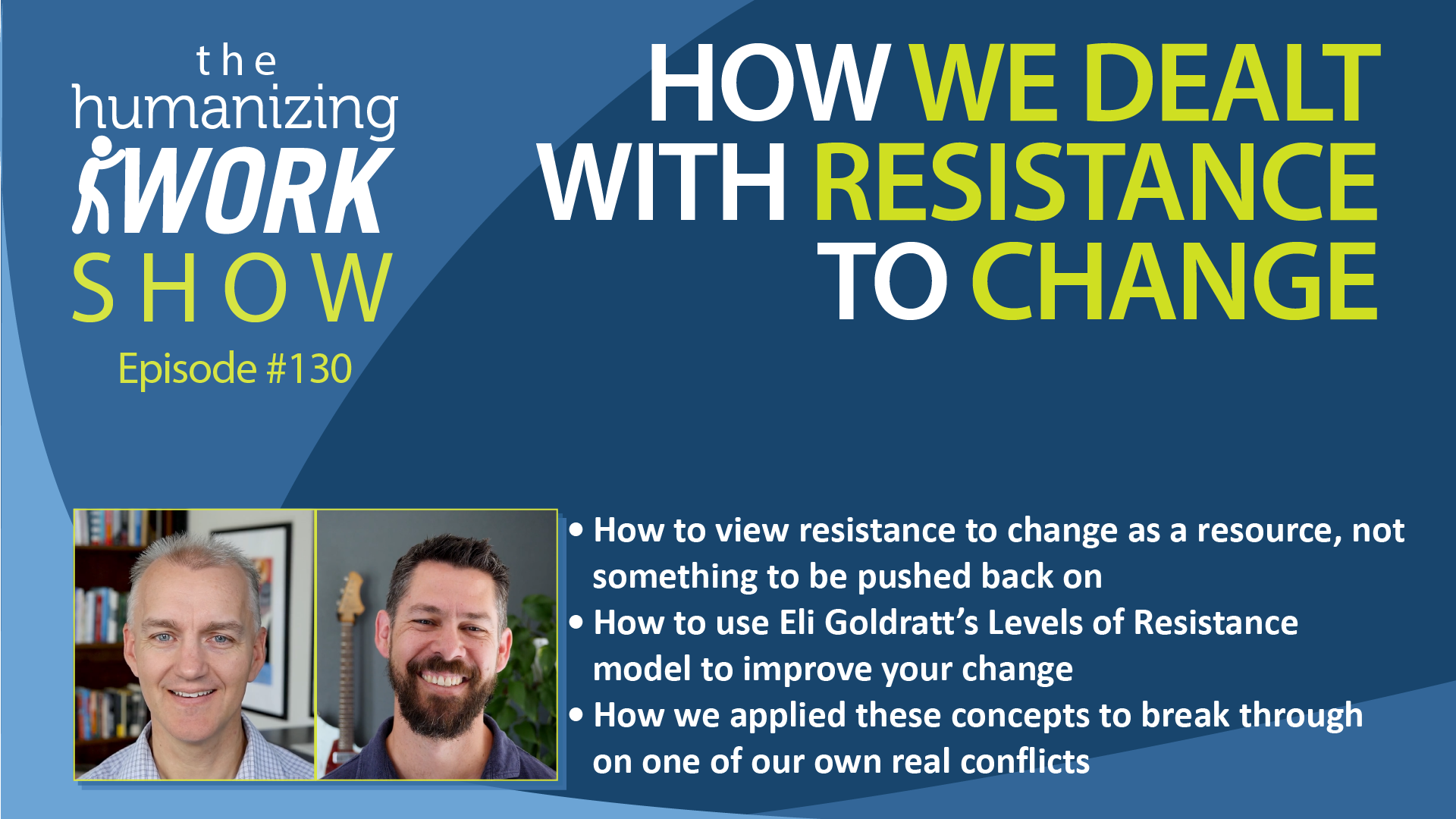
Is strategy part of the Product Owner role? Not just in theory, but in the real world? We interviewed POs to find out how strategy shows up in their responsibilities. In this episode, we share what we learned and what we recommend to our clients when it comes to POs and product strategy. Read More
